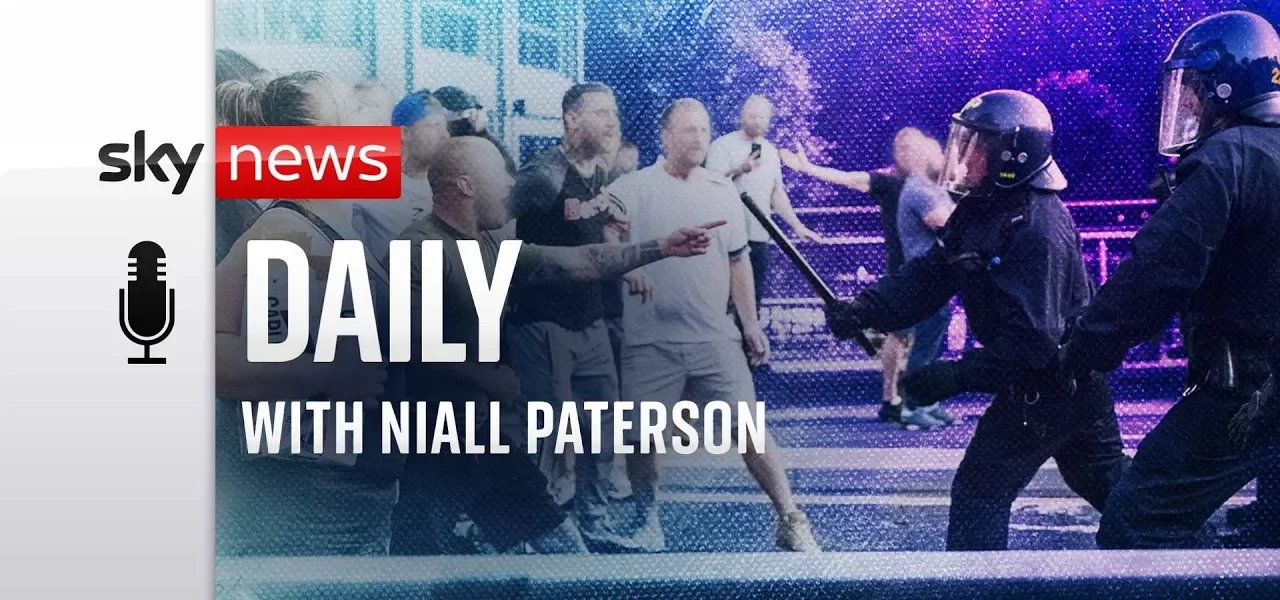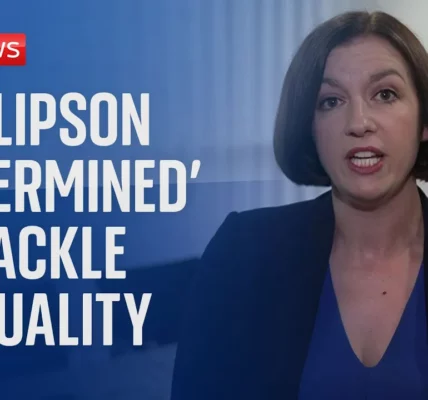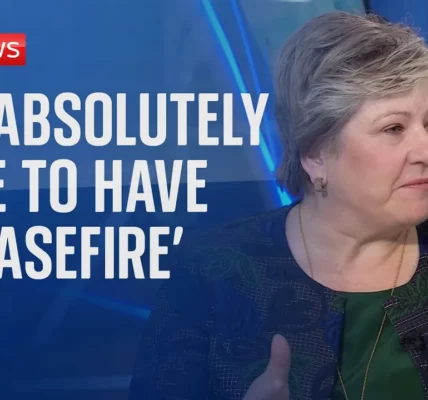Devastation in Southport: A Community’s Response to Tragedy

In the wake of a horrific mass stabbing incident at a Taylor Swift themed dance class in Southport, the community faced not only the tragedy of loss but also the ensuing chaos resulting from misinformation. This article delves into the events that unfolded, the community’s reaction, and the broader implications regarding social media’s role in shaping public perception and response.
Introduction to the Southport Incident
On July 29th, Southport was rocked by a mass stabbing incident that tragically claimed the lives of three children: BB King, LC Do Stanham, and Alice D Silva Agia. The attack occurred during a dance workshop, leaving the community reeling. In addition to the fatalities, ten others were injured, eight of whom were also children. The aftermath of this heartbreaking event saw not only grief but also violence erupting in various cities across the UK, fueled by misinformation spread online.
The Mass Stabbing Incident
Details of the Attack
The mass stabbing during the dance workshop sent shockwaves through Southport and beyond. Witnesses described the scene as chaotic and terrifying, with emergency services quickly responding to the incident. The community’s initial reaction was one of disbelief and horror as they grappled with the loss of young lives.
Immediate Community Impact
The tragedy prompted an outpouring of grief within Southport, with vigils held to honor the victims. Families and friends came together to support each other, showcasing the community’s strength in the face of adversity. However, this solidarity was soon overshadowed by misinformation that began to circulate online.
The Role of Misinformation
How Misinformation Spread
In the days following the stabbing, misinformation about the attacker’s identity, nationality, and religion began to circulate on social media platforms, particularly on Telegram and X (formerly Twitter). This false narrative incited fear and anger, leading to riots and violence in multiple cities, including Aldershot, Manchester, and Bristol.
The Consequences of Misinformation
As false information gained traction, it sparked riots across the UK. Misinformed individuals targeted mosques and other community spaces, leading to widespread violence and further division within society. The rapid spread of misinformation highlighted the dangers of unchecked narratives in the digital age.
The Bristol Riots
Eyewitness Accounts
During reporting on the riots in Bristol, correspondent Tom Chesher witnessed firsthand the chaos that ensued. Tensions escalated rapidly as counter-protesters clashed with police, resulting in violent confrontations. The atmosphere was charged with emotion, as individuals from both sides expressed their outrage over the misinformation surrounding the Southport incident.
The Underlying Factors
Chesher noted that the protests did not fit the traditional mold of far-right demonstrations. Instead, they appeared to be fueled by a mix of genuine concerns and external influences, with many participants not aligned with extremist ideologies but still caught up in the fervor of the moment.
The Investigation into Misinformation
Root Causes of the Riots
Investigations into the riots revealed that the misinformation was rooted deeply in societal fears regarding immigration and security. Speculations about the attacker’s identity led to a surge in anti-immigrant sentiment, which extremist groups exploited to further their agendas.
Identifying Misinformation Sources
Tom Chesher collaborated with Pros, an open-source intelligence startup, to analyze the spread of misinformation on Telegram. This collaboration highlighted the prevalence of extremist content and the ways in which misinformation can be weaponized to mobilize individuals for protests and riots.
Community and Political Responses
Political Implications
The response from political leaders was swift, with many denouncing the violence and calling for unity within communities. However, the labeling of the riots as “far-right” raised questions about the complexity of the individuals involved, many of whom did not fit traditional far-right profiles.
Community Healing
In the aftermath, community leaders worked to address the fears and concerns raised by the incident. Initiatives aimed at fostering dialogue and understanding among diverse community members were established, emphasizing the importance of unity in the face of division.
Conclusion: Lessons Learned and Moving Forward
The tragic events in Southport and the subsequent riots underscore the critical importance of combating misinformation in today’s digital landscape. As communities continue to heal, it is essential to foster open dialogues and promote accurate information to prevent future incidents. Understanding the root causes of societal tensions and addressing them through education and community engagement will be vital in building a stronger, more united society.
For more insights on this topic and related issues, visit our related articles section. Stay informed, stay engaged, and help us combat misinformation in our communities.
“`




